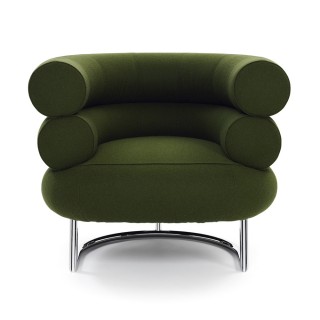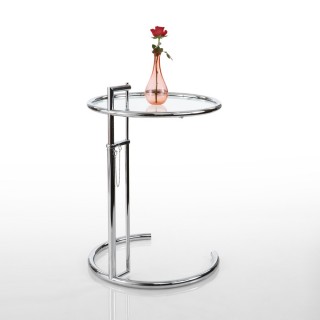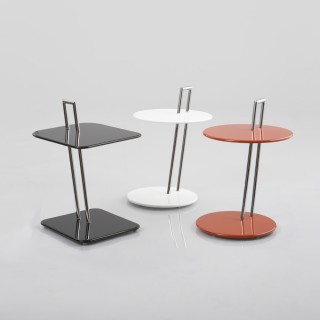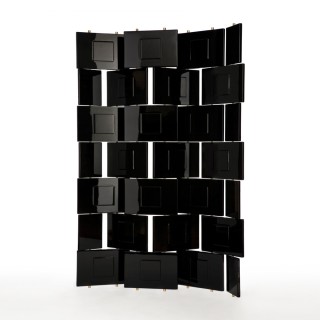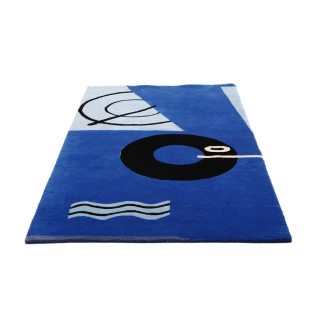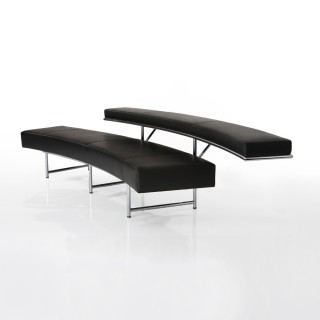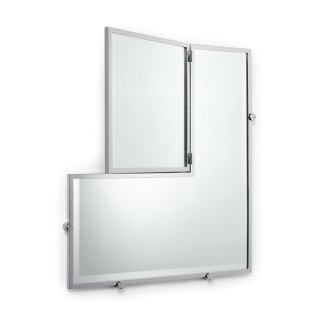About Eileen Gray
After the war, and up to her death in 1976, Eileen Gray continued to work as a designer on both major projects like the Cultural and Social Centre, which occupied her from 1946-1949, and on a number of smaller furniture designs. One of her last tasks was to work with Zeev Aram on the introduction of her designs onto the world market. Examples of her early work are in the V&A collection and her E1027 adjustable table is in the permanent design collection of The Museum of Modern Art, New York; these make a fitting tribute to her contribution to modern design. The Royal Society of Arts appointed her a Royal Designer for Industry in 1972.
Eileen Gray died in Paris in 1976.
Aram Designs holds the worldwide head licence for Eileen Gray Designs and is the only UK source for the authentic products.
Read more about Eileen Gray on her website.
Eileen Gray was born in Enniscorthy, Ireland in 1878. After studying at the Slade and then working as a lacquer artist, she turned her hand to interior design and architecture while living in Paris in after in the 1920s. She opened a shop in Paris and won praise for her interior designs for wealthy & fashionable Parisians.
A non-conformist at heart, Gray was nonetheless heavily influenced by fellow modernists such as Walter Gropius, Mies van der Rohe, and Le Corbusier. Between 1926-9 she designed a remarkable modernist villa in Roquebrune-Cap-Martin in southern France with her lover, Romanian-born architect and magazine editor Jean Badovici. In naming their house, E.1027, Gray chose a streamlined numerological symbol for her relationship with Badovici: "E" was for "Eileen," the "10" and "2" represented Badovici's initials—according to their place in the alphabet—and the "7" was for "G," so that Gray was, in a sense, embracing him: E.1027. (Read the rest)
Subject guide created by

contact Tania Sheko
Eileen Gray - designer and architect
Video is in French.
